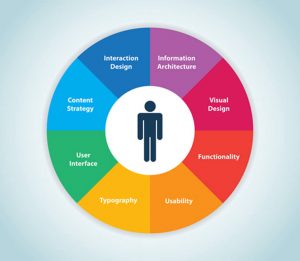
What UX is and what it isn’t
As Google progressively ramps up the intensity of its user-intent driven search results, how a user experiences your website is increasingly important. However, not many businesses understand how user experience (UX ) works or helps in the success of your business.
What is UX?
UX is any aspect of a person’s interaction with a system. This includes everything from the interface and graphics to the user manual.
User experience design (UXD) refers to improving customer satisfaction by making said system easier and more pleasurable to use. Despite this simple definition, many people are still confused about what practitioners of UX actually do. Mashable has compiled a list of the biggest misconceptions of the business. Here’s what UX is not:
UX isn’t just a step in the process
Instead, it is the process. Designers need to keep listening and adjusting in order to deliver the best experience for users. It is an ongoing effort in which designers must learn about users, respond to their reactions and adapt their products accordingly. Liz Danzico, an independent user experience consultant, and chairperson of the new MFA in Interaction Design program at the School of Visual Arts explains:
“User experience design isn’t a checkbox. You don’t do it and then move on. It needs to be integrated into everything you do.”
UX doesn’t have to be expensive
While every project demands some expenses, good UX design isn’t necessarily costly. Small improvements go a long way and often save money in the long run. It’s all about what works for the task at hand. According to Dan Saffer, product design leader at Twitter:
“In reality the best designers have a toolbox of options, picking and choosing methods for each project [depending on] what makes sense for that particular project.”
It’s not always easy
The UX process isn’t always a breeze. Many clients mistakenly believe that there is some kind of secret formula or quick solution that will solve all their design problems. In reality; proper UX design takes a lot of work and fine-tuning. Trying to take short cuts is a recipe for disaster.
Some companies fall into the trap of thinking they are their own end users – believing they will create the experience while building it. However, making assumptions about the people who end up using your product is dangerous. Whether it be who they are, how they behave or what makes them tick – you’ll almost certainly get something crucial wrong. Rather take time to know your clients, and ensure your success.




